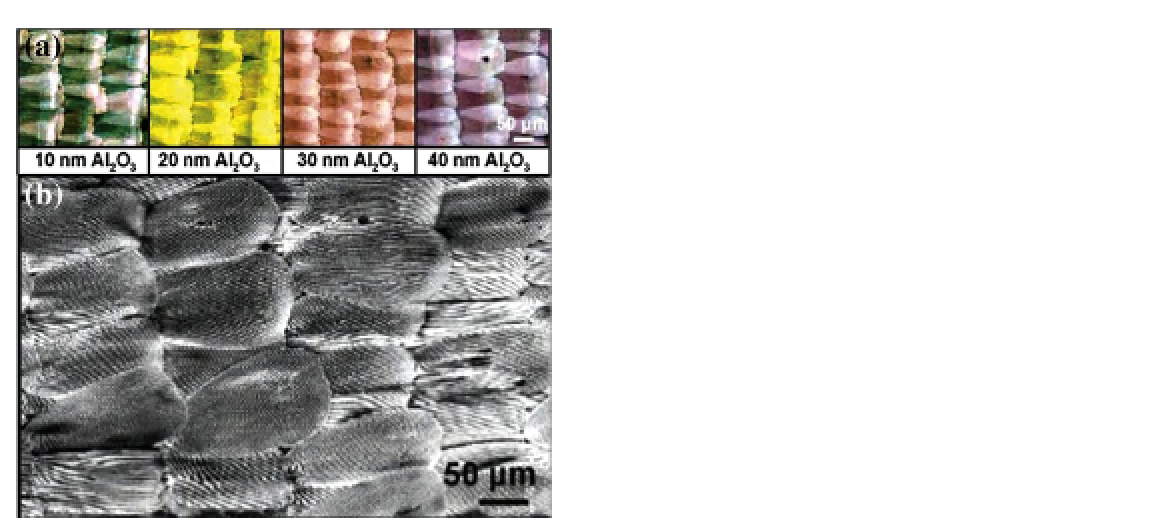Biomedical Engineering Reference
In-Depth Information
local damage of the framework during infiltra-
tion or template removal can thus greatly dimin-
ish the optical quality of the replicated structure,
and, for example, can result in loss of intensity
and purity of the reflected color.
To counteract these various forms of struc-
tural damage and loss of delicate features in the
replicated samples, careful fine-tuning of the
bioreplication process is necessary. Given the
wide range of synthesis and processing param-
eters of the various molding, infiltration, and
casting methods, unfortunately there is no one-
size-fits-all solution to this process. As such, rep-
lication conditions have to be adjusted for each
method individually.
To further complicate matters, biotemplates
originate from a wide variety of organisms and
thus have vastly different structural and
mechanical properties (thermal stability, solvent
resistivity, mechanical strength, etc.). Compare,
for instance, the delicate wings of a butterfly
with the robustness of wood. In short, no two
biotemplates are exactly the same, and success-
ful replication from a biotemplate requires fine-
tuning of processing parameters, from sample
preparation to templating conditions and tem-
plate removal.
FIGURE 14.5
(a) Series of optical microscope images of
wing scales of the butterfly
Morpho peleides
coated with
alumina layers of increasing thickness and associated
gradual color changes. (b) SEM image of alumina replicas of
the wing scales. Reproduced with permission from Ref.
20
.
Copyright 2006 American Chemical Society.
high-temperature removal of the biotemplate
(pyrolysis) or with strong etchants.
The second requirement, preservation of
framework geometry and lattice parameters, is
of great importance for replicating biological
structures with long-range periodically ordered
frameworks such as those in structural colors
(
Figure 14.3
). As we discuss in detail in Section
14.3.2
, in these materials, optical properties are
a direct result of the framework geometry and
the lattice parameters (the periodicity length)
[9]
. In fact, even small structural differences of a
few percent can result in significant changes of
coloration and other optical properties.
To prevent uncontrolled changes of these
properties in this type of biological structure, it
is imperative to keep structural deviations such
as framework shrinkage or swelling to a
minimum. In addition, the properties of struc-
tural colors are very sensitive to defects and loss
of long-range order. Formation of cracks and
14.2.3 Solution-Based Bioreplication
Routes
A common feature of solution-based methods
is their simplicity. What they generally lack in
atomic-scale precision of the replicated struc-
ture compared to evaporation and deposition
methods, they compensate for by being fast,
inexpensive, and broadly applicable
[10-12]
.
Whereas atomic-scale precision and reproduc-
ibility might be of importance for electronic and
semiconductor devices, for most applications
in which bioreplicated surface structures and
three-dimensional frameworks are of interest,
the precision and reproducibility attained by
solution-based bioreplication is sufficient. Such
applications include the areas of optics and

